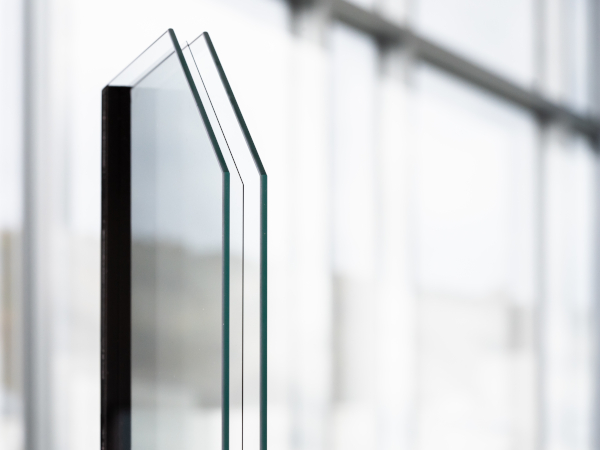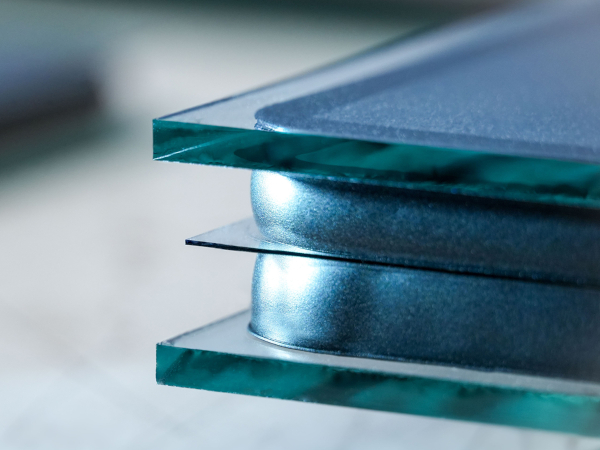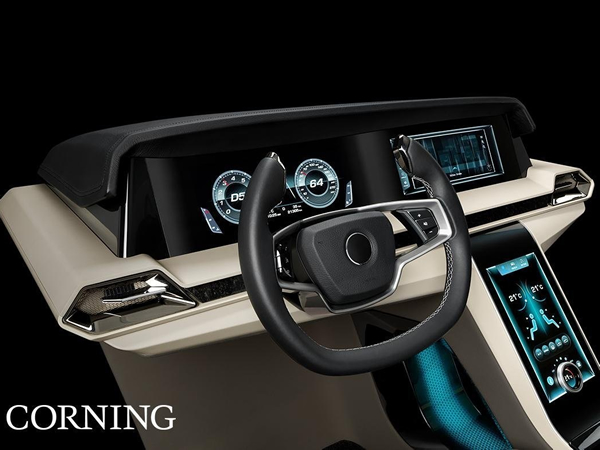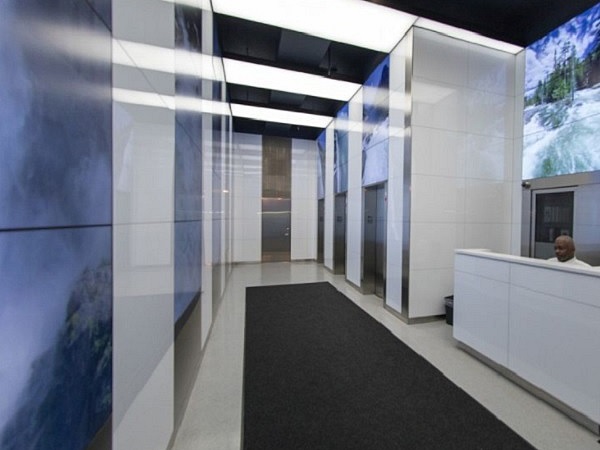Date: 7 January 2008
Jade works with two key display technologies, low temperature polysilicon (LTPS) applications and organic light-emitting diodes (OLEDs), to help solve some of the challenges facing the mobile device industry. Unlike glass substrates made by other suppliers, Jade needs no secondary heat treatment or polishing to meet the demanding surface and thermal stability requirements of the LTPS and OLED manufacturing process.
Jade permits the tighter design rule needed for increased integration of electronic functionality onto the glass. For device makers, this type of component integration means lower cost and increased design flexibility; for consumers, the end result is more compact devices with brighter displays, higher resolution, and longer battery life.
Compared to the amorphous silicon (a-Si) process used in the manufacture of LCDs for TVs and monitors, the LTPS process is much more demanding in terms of temperature, surface and dimensional requirements. With substantially enhanced thermal stability built into the glass through its chemistry, and an optimized fusion manufacturing process, Jade meets the requirements of today's LTPS processes, with capability for future innovation. Previously, LTPS-LCD customers had to employ conventional a-Si glass with secondary heat treatment or special polishing, which can degrade the surface quality and sheet attributes of the substrate.
Breakthrough for OLED technology
In addition to its benefits for LTPS-LCD, Jade provides the superior surface and thermal stability required for OLED displays. OLEDs are self-luminous displays that use organic compounds to emit light.
To date, two major technical challenges have slowed the growth of the OLED industry and limited OLED application to small displays. The first is polysilicon backplane performance. "Because OLEDs are current-driven devices, they require a backplane with much higher performance than a conventional LCD," said Dr. Peter L. Bocko, Corning's chief technology officer, East Asia. "Jade gives customers process flexibility that can help them achieve optimized backplane performance for OLEDs."
The second issue is protection of the OLED device from environmental elements. "OLED materials are sensitive to moisture and oxygen, and the industry has needed a scalable sealing technology that did not degrade the optical performance of the device," said Bocko. "That's why Corning is developing the Vita™ hermetic sealing solution for OLEDs. This new technology creates a seal that locks out moisture and air, helping improve the longevity of OLED displays." The company is currently meeting with potential customers and expects to launch this high-performance sealing solution in 2008.
While Jade and Vita are independent, the two products work together to create a breakthrough for OLED displays. "With Jade and Vita, we're helping to solve two big issues facing the OLED industry: lifetime and backplane performance," said Bocko. "The introduction of these products will help OLED technology scale up to larger applications."
Market need
The introduction of Jade fills an industry need at a juncture when the popularity of small portable devices is at an all-time high. "While much of the current market focus is on the overwhelming success of LCD TV, it's the small device arena that historically has been a test bed for new technologies, and that market continues to expand on a unit basis," said James P. Clappin, president, Corning Display Technologies. According to recent industry data, LTPS and active-matrix OLED applications of the type supported by Jade now represent 20% of the small and medium display market, and this is expected to grow to 33% by 2011.







Add new comment